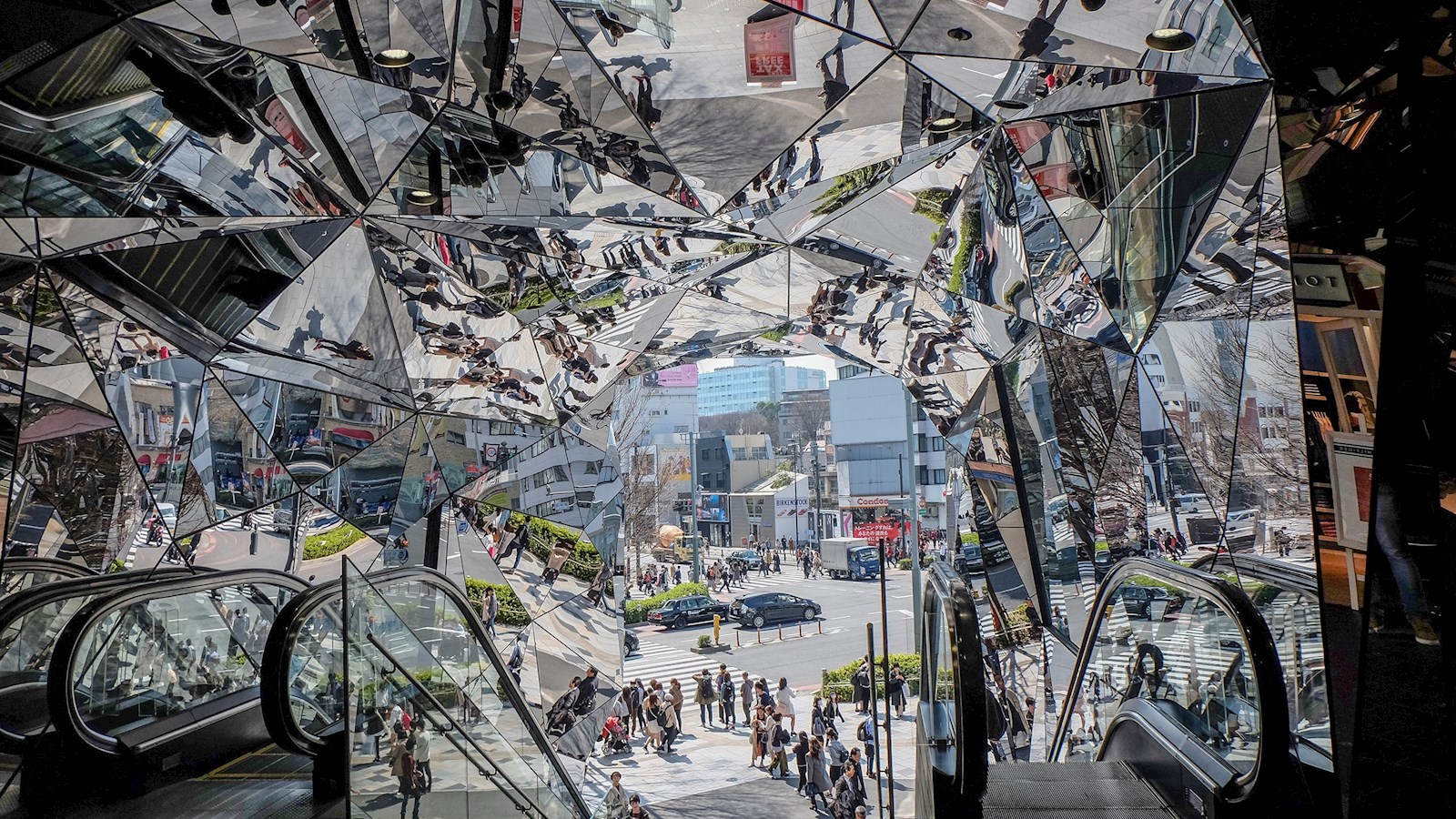
Innovative brand experience adds to differentiation
Difference helps brands grow share and command a premium
Show this article in Chinese >
Building brand equity to accelerate acquisition of market share and the ability to command a price premium depends on three components: being meaningful (meeting customer needs in relevant and emotional ways); being salient (coming to mind quickly when the consumer is considering a purchase); and being different (being seen as distinctive).
Here’s the challenge: most Chinese brands are better at being meaningful and salient than they are at differentiating. Hence if a brand wants to gain a competitive edge in the Chinese market, building difference is critical.
Innovation is key to building difference. Product innovation is important, but it is not the only way to set your brand apart from competitors. At a time when product differentiation is harder to achieve, difference in marketing communications, customer experience, and business models are just a few of the other ways that brands can get ahead.
Although creating more products and services is important, it does not guarantee incremental growth. Instead, delivering a holistic experience that extends beyond the core functions of the product/service will create better differentiation and expand growth opportunities. Today, it is vital to find new ways to excite consumers by offering experiences. The explosion of online touchpoints and retail innovation enables you to do just that, and with the added bonus of micro-targeting and personalisation, experiences can be unique and relevant to that individual's needs.
Across all categories, brands have the opportunity to differentiate by creating great experiences.
For example, with its Reserve Roastery concept, Starbucks is creating a completely new brand experience for Chinese consumers. These large exhibition-style locations combine the drama and educational experience of seeing an actual coffee roasting operation with the warm atmosphere of a coffeehouse and retail shop.
Consumers can start from hearing the unmistakable sound of beans being freshly ground, to inhaling that rich aroma and sipping the perfect blend, brewed just right. The entirely new customer experience strengthens Starbucks’s differentiation.
Innovate across touchpoints
Being seen as different in market communication increases brand competitiveness and accelerates brand growth. Particularly in China, the brand difference and experience need to be communicated coherently and seamlessly across online and offline touchpoints.
Brands need to understand how best to use social media as it evolves from platforms for sharing information to platforms for finding expert advice; from platforms purely for communication to platforms linked to T-mall, Taobao or other commercial opportunities.
Kantar's research on the Centennial generation found that social touchpoints play pivotal roles in all stages of a Centennial’s shopping journey. Compared with older generations, Centennials are 1.5 times more likely to know a brand through a social touchpoint and eventually buy it. More than 30% of Centennials will do research into a brand/product. They trust the information obtained through social channels where there are many active Key Opinion Leaders (KOLs).
Celebrities and KOLs are commonly used in marketing in China. The Kantar whitepaper also concluded that celebrities and mega KOLs are useful only in the early stages of a Chinese centennial’s shopping journey, as 30% said they would be influenced by celebrities and mega KOLs. During the later stage of the purchase journey, mini KOLs or amateur influencers have more meaningful impact because their narratives are closer to everyday life.
Brand building action points
- Link brand experience with brand purpose
Start with the brand purpose, what the brand stands for, and make sure that all aspects of the brand ecosystem and experience fit with the core purpose in a meaningful way. - Personalise the experience
Deliver a personalised connection between the brand and the individual customer across the ecosystem. - Integrate experience across all experience points
Engage with consumers well before they engage with the brand offer. Make them familiar with the brand by consistently delivering at all points of interaction (decision points, touchpoints, experience points). - Create opportunities to share
Millennials and Centennials, especially, love to share experiences with others, and this naturally provides brands with an opportunity to spread advocacy. The experience should first be share-worthy and, second, easy to do. Make it easy to share across all platforms. - Build on the halo effect of the experience
Consumers love happy experiences, and happy/positive experiences become memorable experiences. Find ways for the brand to leverage the halo effect of the positive emotions associated with the experience.
For more in-depth insight read BrandZ™ Top 100 Most Valuable Chinese Brands 2019 report
published on
24 November 2019
Category
More in Experience

Let’s add audio for visually impaired audiences
How to make advertising more accessible for visually impaired audiences

The Future 100: wellbeing, humanity, emotion and tech
This annual trend spotter – by WPP’s VML – gives us the context for the new normal for marketing in 2024.

Activating sports events – the ultimate balancing act
WPP Sports Practice takes a look at the art of timing for sports event activation

